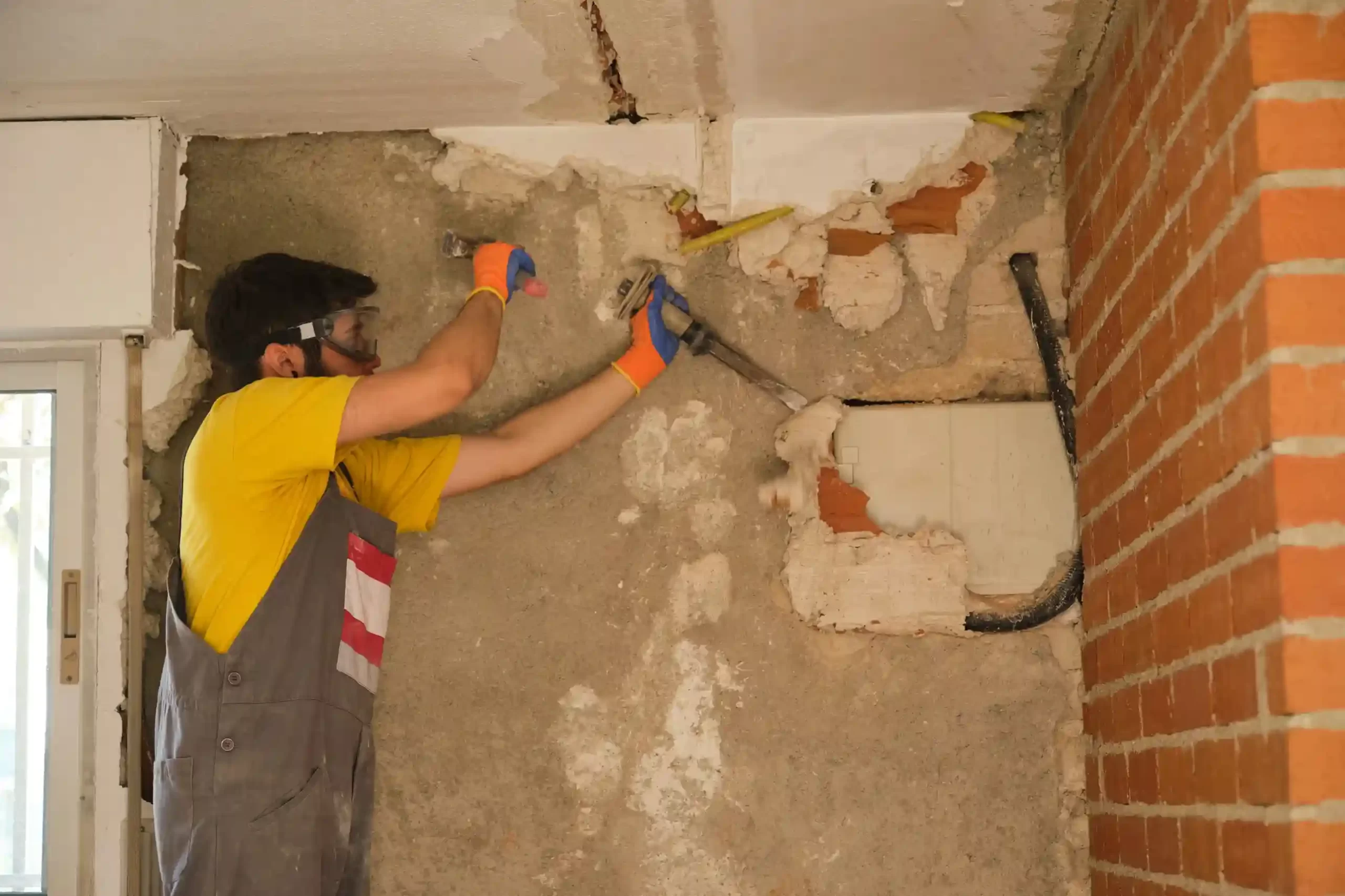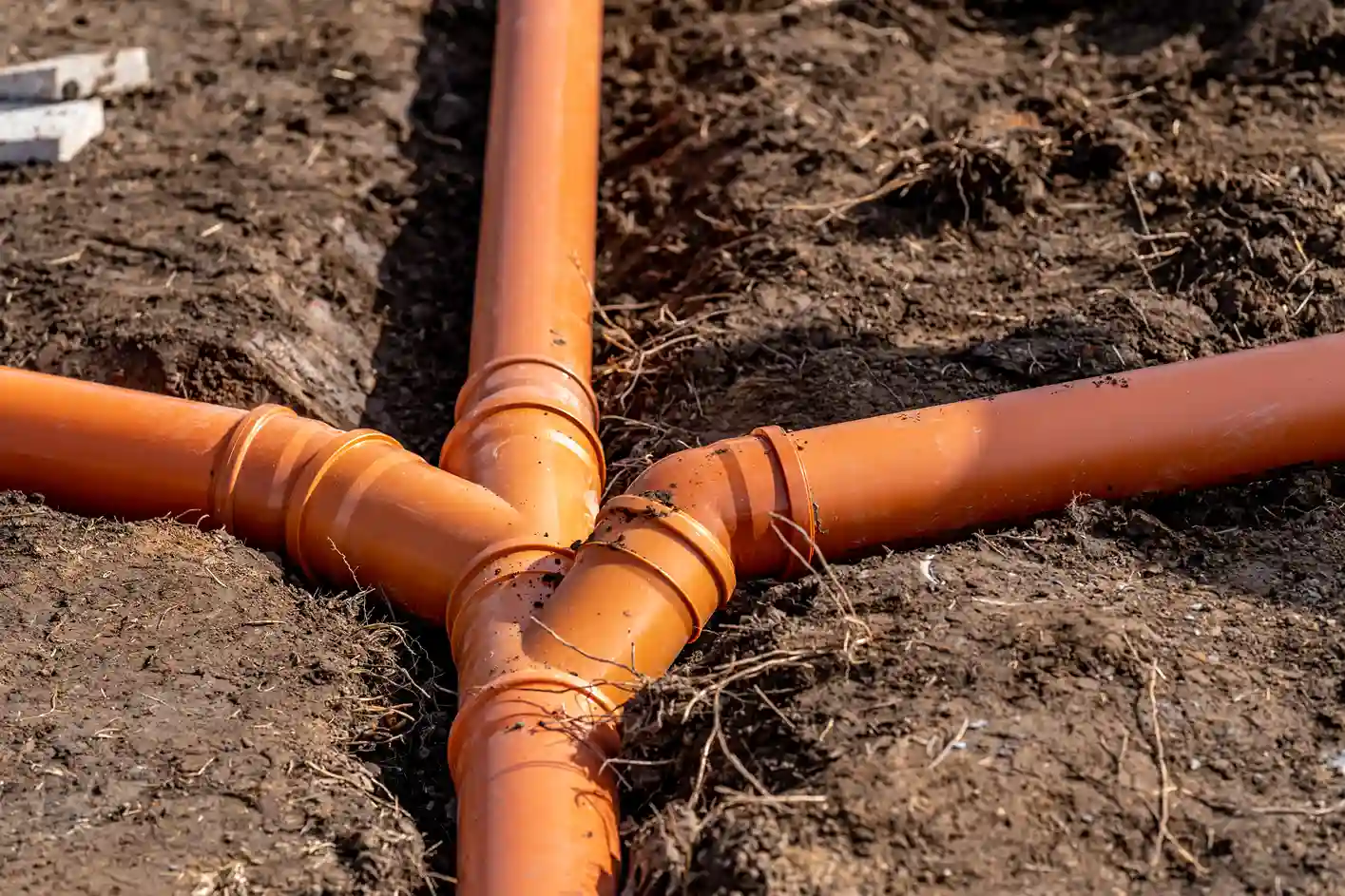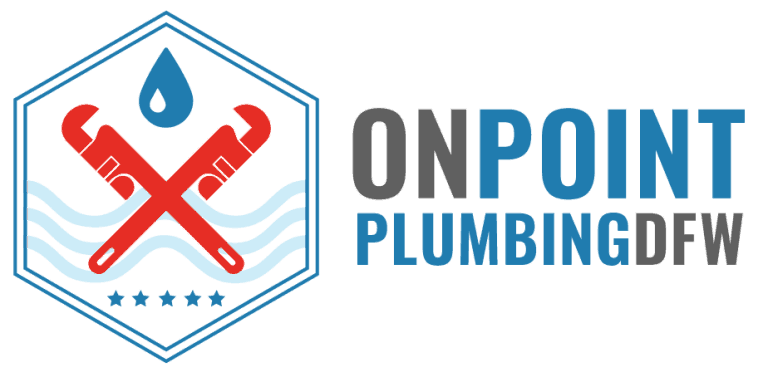
Dealing with a plumbing leak under a slab can be a homeowner’s nightmare. These hidden leaks drive up water bills, dam, age your home’s foundation, and lead to health issues if ignored. Understanding slab leak repair options is crucial to minimize damage and restore your plumbing system efficiently. In this guide, we’ll explore what causes these leaks, their signs and risks, and how to fix them with five practical solutions. Whether trying to detect a water leak under concrete or deciding the best repair method, this comprehensive breakdown has you covered.
What Causes Slab Leaks?
Slab leaks are typically caused by:
- Pipe Corrosion: Over time, older pipes, especially those made of copper, can corrode due to water chemistry and soil conditions.
- Abrasion: Pipes that come into contact with concrete or other pipes can wear down from constant friction, leading to leaks.
- Shifting Soil or Foundation Movement: Natural settling or seismic activity can cause stress on pipes, leading to cracks or breaks.
- Poor Installation: Faulty workmanship during the initial plumbing installation can lead to future problems.
Most Common Signs of a Slab Leak
Detecting a water leak under the slab early can save you from extensive repairs. Look for these warning signs:
- Unexplained spikes in water bills.
- Damp spots or puddles on floors.
- Warm spots on the floor indicate a hot water pipe leak.
- Mold or mildew growth.
- The sound of running water when all faucets are off.
If you notice these signs, acting quickly is essential to avoid further damage.
How Long Does It Take to Repair a Slab Leak?
The duration of repairs depends on the method chosen and the severity of the leak. Simple repairs like spot repair may take a few hours, while more extensive solutions, like pipe rerouting, can take several days. A professional plumber can assess the situation and provide an accurate timeline.
At On Point Plumbing DFW, we specialize in reliable slab leak repair services to protect your home’s foundation and prevent costly damage. With advanced detection techniques and expert repairs, we ensure peace of mind for homeowners in the DFW area.
How Are Slab Leaks Detected?
Modern tools make finding a water leak under a concrete floor easier. Standard detection methods include:
- Electronic Leak Detection: Uses specialized equipment to identify the exact location of leaks.
- Infrared Cameras: Pinpoint temperature differences caused by leaking hot water pipes.
- Pressure Testing: Determines drops in water pressure within the plumbing system.
Knowing how to detect a water leak under concrete ensures targeted repairs, reducing unnecessary digging or demolition.
Are There Any Health Risks Associated with Slab Leaks?
Yes, slab leaks can pose health risks, including:
- Mold and Mildew: Persistent dampness fosters mold growth, which can trigger allergies and respiratory issues.
- Structural Hazards: Water damage weakens the foundation, potentially making the structure unsafe.
Prompt attention to a plumbing leak under the slab can mitigate these risks.
What Happens if You Ignore a Slab Leak?
Ignoring a slab leak can result in:
- Higher water bills.
- Foundation damage and structural instability.
- Increased repair costs due to prolonged water exposure.
- Health hazards from mold and mildew.
Taking early action ensures a smoother and more cost-effective repair process.
Here Are the Top 5 Slab Leak Repair Options

Pipe Rerouting (Re-Piping)
This method bypasses the damaged pipe by installing a new pipe system, typically above ground or through walls. It’s a long-term solution, especially for corroded or heavily damaged pipes.
Trenchless Pipe Relining (Cured-In-Place Pipe)
This minimally invasive technique uses a resin-saturated liner to create a new pipe within the existing one. It’s perfect for still structurally sound pipes with cracks or leaks.
Tunnelling
Tunnelling involves digging a tunnel beneath your home to access and repair the damaged section of the pipe. This method avoids breaking through your home’s flooring, making it less disruptive.
Spot Repair
For localized leaks, this method involves breaking through the concrete at the leak’s location, repairing or replacing the damaged section, and sealing the area back up. It’s quick but works best for minor leaks.
Complete Pipe Replacement Under the Slab
This involves removing and replacing all pipes under the slab. While it’s the most invasive and expensive option, it’s ideal for homes with widespread plumbing issues.
Choosing the Best Repair Option
The ideal repair method depends on several factors:
- The extent of the Damage: Minor leaks may only need spot repairs, while extensive damage might require a full pipe replacement.
- Pipe Condition: Old, corroded pipes may be better suited for re-piping or trenchless solutions.
- Budget: Consider the cost of materials, labor, and future maintenance.
- Accessibility: Hard-to-reach pipes may benefit from trenchless methods or tunnelling to minimize disruptions.
Do You Want Any Help?
A slab leak can be daunting, but it can be effectively resolved with the right approach and professional help. Whether it’s pipe rerouting, trenchless pipe relining, or a spot repair, addressing the issue promptly will save you from future headaches. At On Point Plumbing DFW, we specialize in helping homeowners like you tackle slab leaks efficiently and affordably. Contact us today to explore your slab leak repair options and let our experienced team guide you to the best solution for your home.
